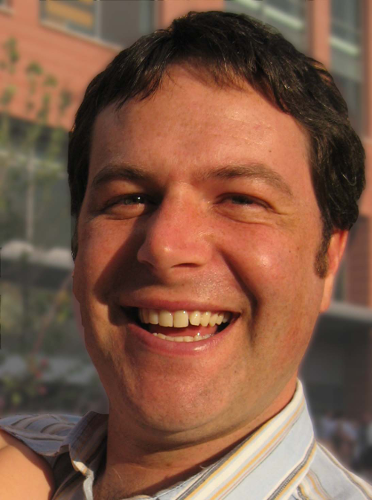|
Dr. Gump is the author of multiple scientific publications and the recipient of a prestigious American Cancer Society Postdoctoral Fellowship. Dr. Gumpís research continues to focus on pediatric cancer and how to make treatment more effective and less harmful to patients. His current work with Dr. Thorburn is aimed at harnessing the power of a cellular recycling process called autophagy to improve cancer therapy. Dr. Gump is an avid cyclist and lives in Denver with his wife, a physician, and their two children. Their 7-year-old son Eli is a brain tumor survivor and his cycling team raised over $12,000 for Childrenís Hospital riding in the Courage Classic this year. They are strong advocates for pediatric cancer research through their work with the Morgan Adams Foundation, the Childrenís Brain Tumor Foundation and Childrenís Hospital Colorado Center for Cancer and Blood Disorders. |
|
The idea of gene therapy has been around since the early 1970s and its enormous potential has inspired herculean efforts by hundreds of academic and pharmaceutical labs yet yielded very little in the way of success. We have sequenced the human genome (those of thousands of humans actually, and have even made significant headway in sequencing the woolly mammoth) and we now know that there is a genetic component to nearly every disease. We know what genes to target to cure tons of diseases, so why isnít gene therapy working then? Because we donít yet have a safe way to either introduce genes into a human being, nor do we have a way to therapeutically repair mutated genes without serious risks. Why is it so hard to get working genes into cells or to reverse mutations leading to disease? Because we are working to circumvent 1 billion years of evolution aimed at protecting our genes from damage and from the rogue genes of other organisms and viruses. A tall order indeed! After laboratory successes, multiple gene therapy clinical trials were begun in the 1990s that led to the deaths of at least two gene therapy patients due to side effects of the viruses used to deliver the therapy. This led to the end of most gene therapy trials and researchers went back to the drawing board to design gene therapies with less potential for these fatal side effects. New viral delivery systems have been engineered with less potential for harm which has sparked many new trials to treat a multitude of disorders. Gene therapy has now been used to successfully cure several inherited diseases and pediatric leukemia and the first large scale clinical trial for a gene therapy is now underway in Europe. Furthermore, new research has uncovered a primitive bacterial immune system called CRISPR with the capability to edit genes. CRISPR has caused an explosion within the research community within the last 3 years because it is such a powerful method for gene editing. Importantly, the power of this technique will not be limited to research; it has immense therapeutic potential to treat many diseases. Dr. Gump will give a brief history of gene therapy and demonstrate the challenges gene therapy has overcome and the upcoming challenges to bring gene therapy to its rightful place at the forefront of medicine.
|

 Bio
Bio